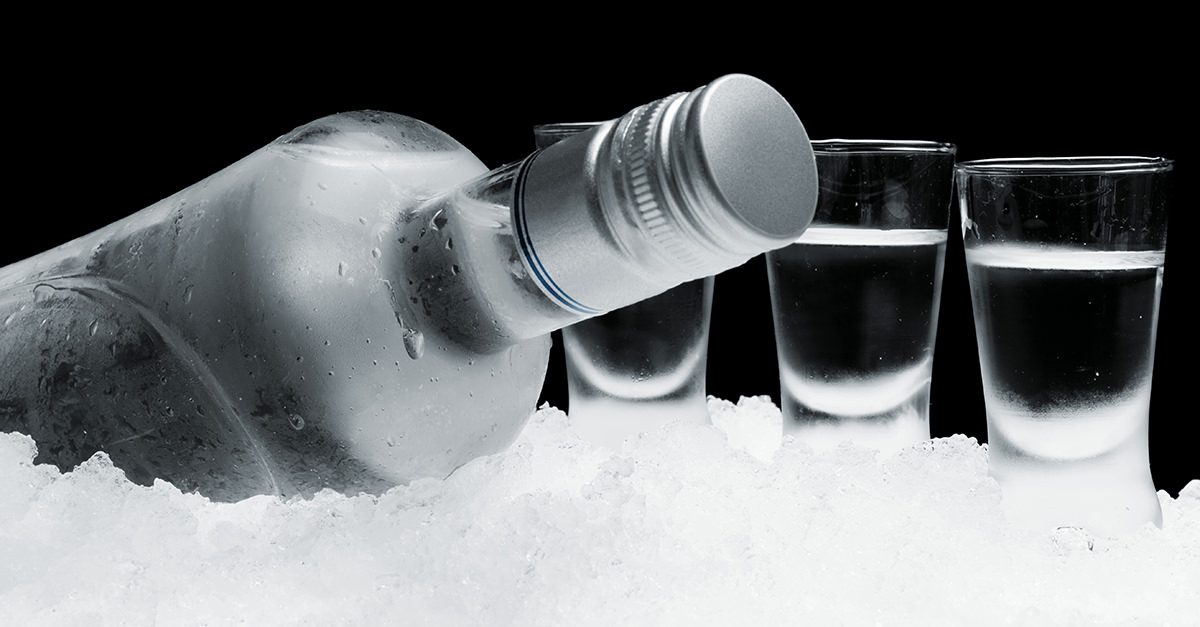Vodka Essential Info
- Color: Clear
- Region: Can be made anywhere, including the U.S., though historically associated with Russia, Poland, and the European “Vodka Belt”
- ABV: 40% ABV (recommended)
- Aged: Generally not aged
- Made from: Commonly made from grains, like sorghum, rye, rice, wheat, but can also be made from fruits (grapes, apples, etc.), vegetables (corn, potatoes, etc.)
- Commercial Examples: Smirnoff, Svedka, Tito’s, Grey Goose, Real Russian, Expedition
- Popular Cocktails: Moscow Mule, Vodka Tonic, Vodka Martini, Vesper, Cosmopolitan
Whether you drink spirits or not, you probably know a bit about vodka. And what you know may not be very…flattering. Vodka is generally one of the earliest spirits we encounter—at parties, at the working end of an ice luge, mixed with some kind of juice in a big plastic cup. But if you’re entering a more mature spirits appreciation (let’s called it Spirits Appreciation 2.0), it’s worthwhile to take a second look at the stuff.
And truly, vodka is an iconic spirit, which is interesting considering how neutral it’s meant to be. Because it’s column-distilled, vodka tends to have little to no flavor. It’s the kind of spirit people easily (and accurately) say “tastes like alcohol,” plain and simple. But vodka can be more complex than that—beyond the rainbow of wildly flavored varieties out there, distilled vodkas can actually have varying character—depending on what they’re made from, what temperature they’re consumed at, whether they’re taken with food, etc. (And yes, vodka is often, even traditionally, meant to be paired with food).
Craft distilling has seen a minor explosion in small-batch vodkas, many produced domestically. Of course, most of what you’ll get will still have the classic “clean” flavor of vodka, with maybe more or less softness on the heat and/or medicinal notes (the rougher stuff has the “rubbing alcohol” reputation). When you purchase vodka, it’s good to read some reviews first, since some of the more expensive vodkas don’t do much more for the spirit in terms of body or quality than more moderately priced classics. Drinking the stuff cold isn’t just about masking some of the alcoholic heat; you’ll get a more viscous, pleasantly rich mouthfeel (though tasting it warm might reveal some pleasant, actual flavors).
